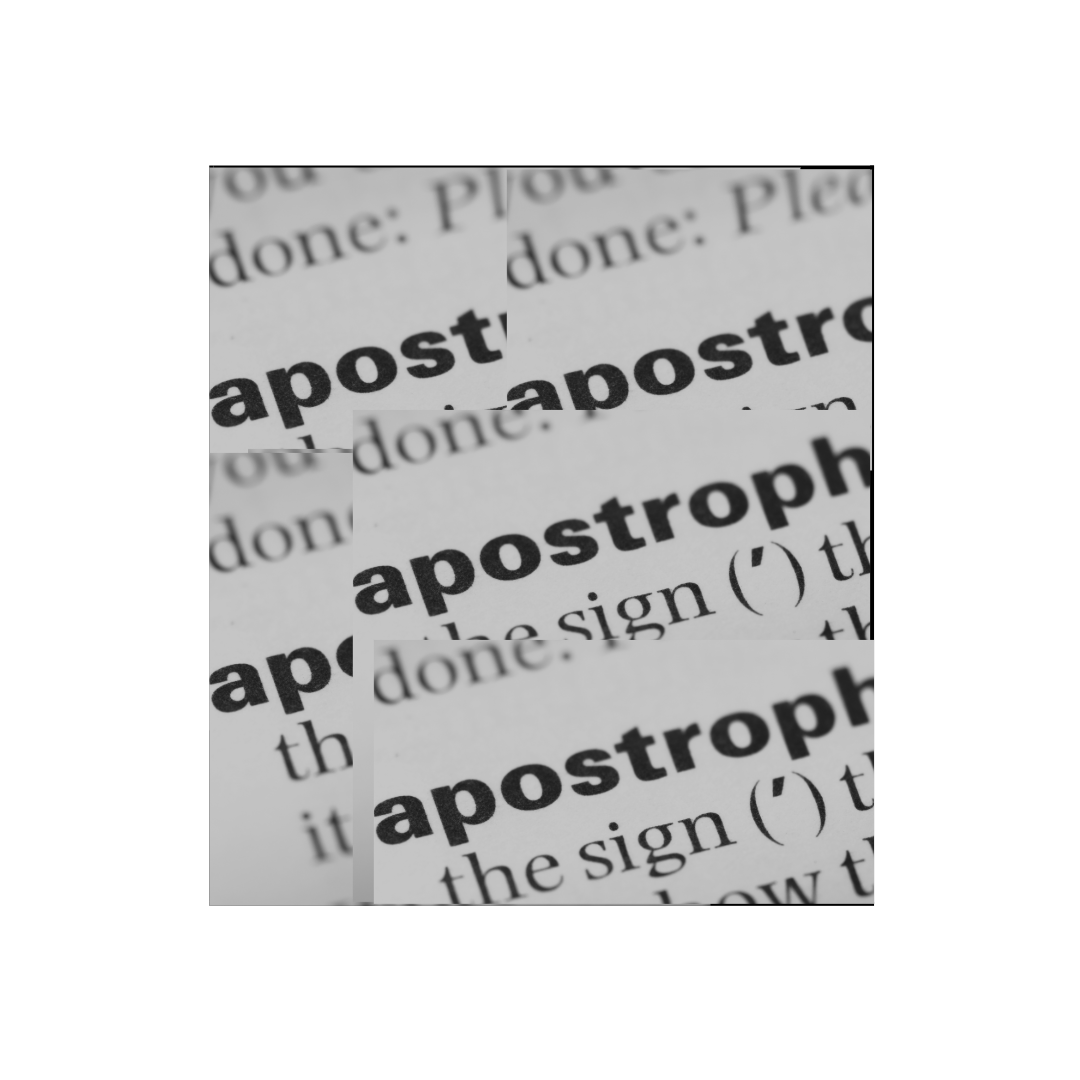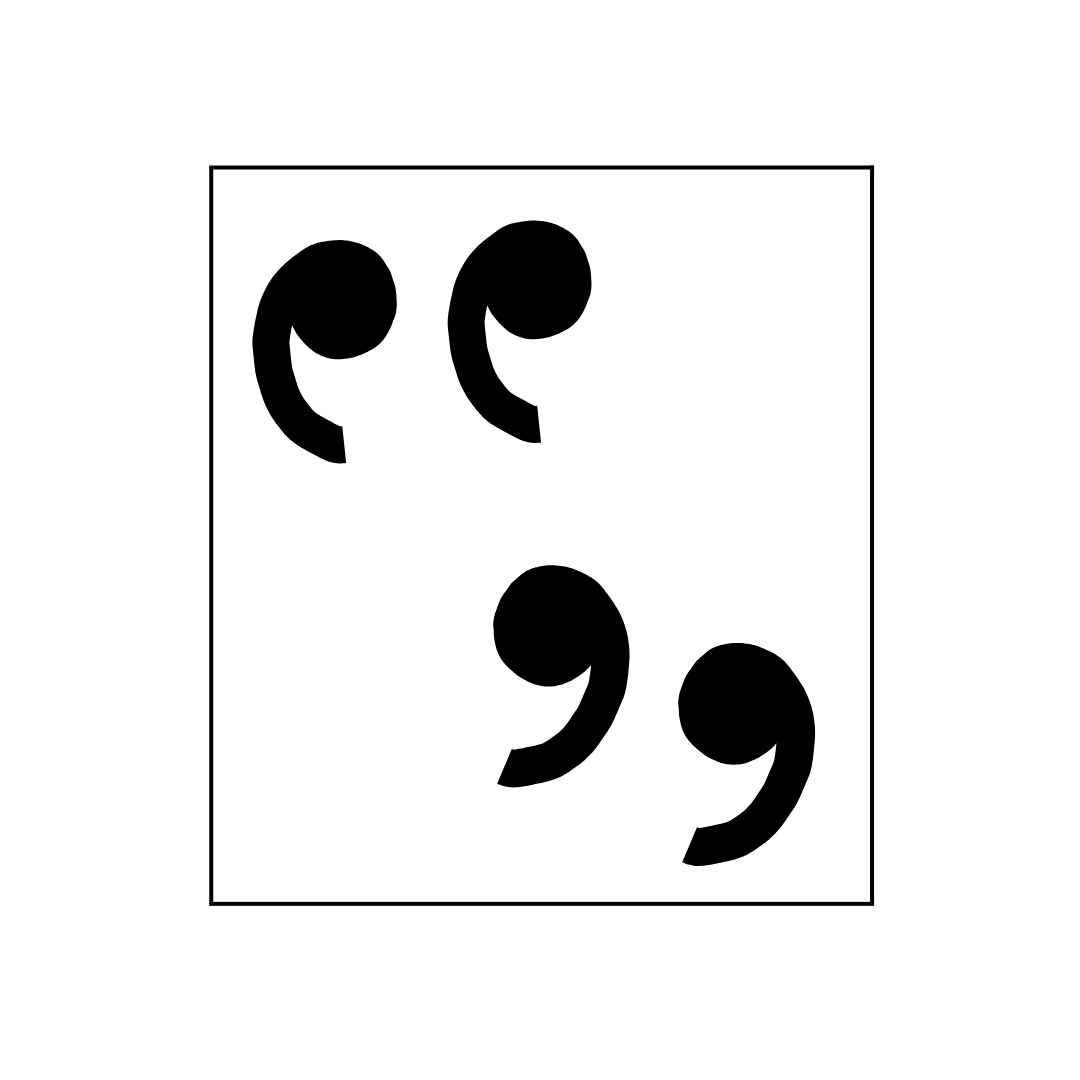Points of View
Points
of View
There are three main points of view that exist in the English language: first-, second- and third-person.
FIRST-PERSON
The first thing I’ll do when I get home is kick my feet up.
By using personal pronouns like I, me, we, us, and ours, a first-person point of view allows authors to reveal the interior thoughts, feelings and reactions of themselves or their characters. This is most commonly used in memoir, autobiography and fictitious texts.
SECOND-PERSON
You said that you would arrive at six.
A standard second-person narrative uses the you pronoun to allow the narrator to address the reader directly. This is commonly used in instructional text.
THIRD-PERSON
After they arrived back at the house he began to prepare dinner, while she took the bins out to the kerb.
The third-person narrative gives the reader an omniscient view of the story as it unfolds. Unlike a first-person narrative, the reader is not limited to a single point of view. The author may choose to focus the third-person perspective on a single character, or jump between characters to reveal the entire story, rather than just one perspective on the plot. This is a common feature of both fiction and non-fiction.





